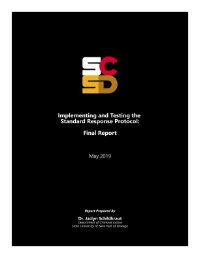By Sten-Åke Stenberg
At the beginning of the 1960s, Swedish researchers started a sociological study of all children born in Stockholm in 1953, Project Metropolitan. This book describes the project’s at times dramatic history, where issues of personal integrity and the role of social sciences were heavily debated. These discussions were fueled by the rapid and far-reaching digitalization in society at large and also within social sciences. As such, Project Metropolitan came to symbolize the benefits and potential risks related to an expanding body of research based on large groups of individuals and multiple register data sources. At the outset, the project’s founders sought to answer the following question: “Why do some get on better in life than others?” One of the main aims of the project was to study the long-term impact of conditions in childhood. The book therefore also includes an updated presentation of the main findings, as they have been conveyed in over 160 publications to date. These publications cover a wide array of topics and phenomena such as social mobility and education, substance abuse and crime, health and ill-health, peer influences and family relations, and adult lives of adopted children. Today Project Metropolitan is known as the “Stockholm Birth Cohort Multigenerational Study (SBC Multigen)” and is still in full vigor. From its original group of 15,000 children, the study has become multi-generational by adding data about their parents, siblings, children, nieces and nephews. As they approach their late 60s, it will also be possible to follow these “children” into retirement and old-age. In the concluding chapter the author discusses some of the challenges contemporary social research is facing. What are the current threats to academic freedom and what opportunities do the unique data registers in countries like Sweden provide?
Stockholm: Stockholm University Press, 2018. 284p.





















